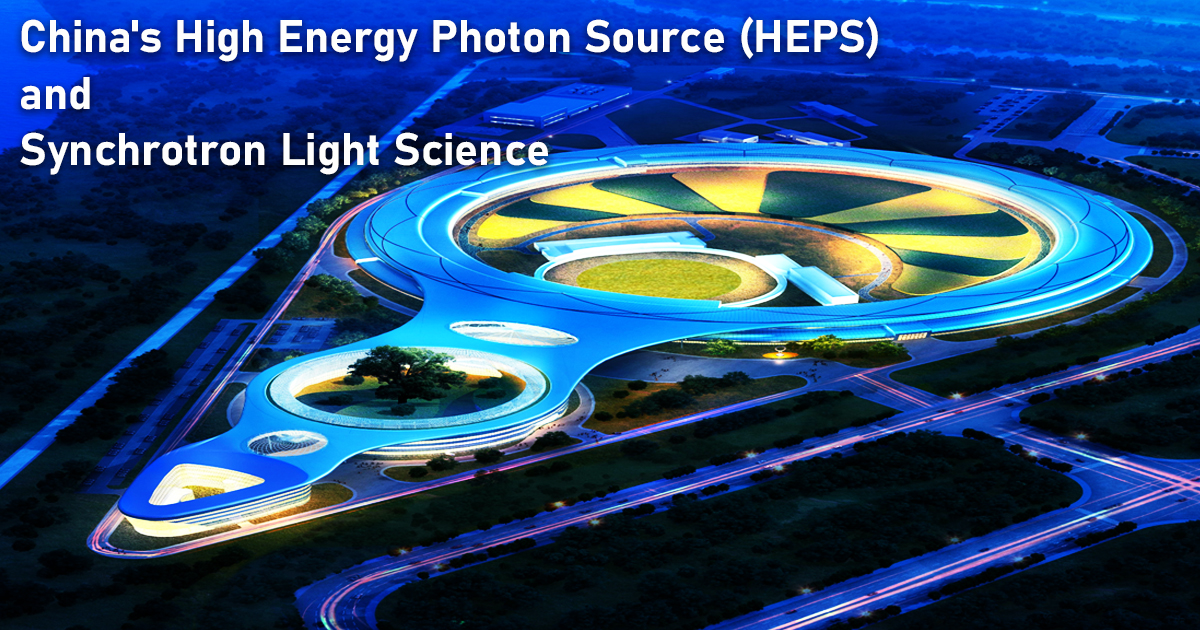Introduction
China’s High Energy Photon Source (HEPS) marks a significant leap forward in scientific research capabilities. This next-generation synchrotron light source promises to unlock new avenues of discovery across various fields. To understand HEPS, let’s delve deeper into the world of synchrotron light and its applications.
What is Synchrotron Light?
Synchrotron light is a type of electromagnetic radiation encompassing a broad spectrum, from infrared to X-rays. It’s exceptionally bright, millions of times more intense than the sun’s light. This remarkable characteristic stems from the way it’s produced in machines called synchrotrons.
How Synchrotron Light is Created
A synchrotron is a large, circular machine that acts as a particle accelerator. Here’s a breakdown of the process:
- Electron Injection: Electrons are injected into the machine and accelerated to near the speed of light using powerful electric fields.
- Circular Path: Strong magnetic fields bend the path of these high-speed electrons, forcing them to travel in a circular orbit within the synchrotron’s storage ring.
- Emission of Radiation: As the electrons change direction due to the magnetic fields, they emit energy in the form of electromagnetic radiation – synchrotron light.
- Beamlines: The synchrotron light is then directed into specific channels called beamlines. Each beamline tailors the light for specific experiments by filtering or focusing it on the sample under study.
Applications of Synchrotron Light
The intense and versatile nature of synchrotron light makes it a powerful tool across diverse scientific disciplines. Here are some key applications:
- Material Science: Studying the atomic and electronic structure of materials, leading to advancements in areas like batteries, superconductors, and new alloys.
- Biochemistry: Analyzing the structure and function of proteins and enzymes, crucial for drug discovery and understanding diseases.
- Medicine: Visualizing internal organs and tissues with high resolution for non-invasive medical imaging techniques.
- Environmental Science: Investigating pollutants, studying climate change, and analyzing samples for trace elements.
- Cultural Heritage: Examining the composition and age of historical artifacts for preservation purposes.
China’s HEPS: A Pioneering Facility
HEPS, located near Beijing, is China’s most advanced synchrotron light source. Here’s what sets it apart:
- Fourth-Generation Technology: HEPS utilizes a cutting-edge “multi-bend achromat lattice” design. This complex arrangement of magnets produces narrower and brighter X-ray beams compared to previous generations of synchrotrons.
- Unprecedented Brightness: HEPS boasts the world’s brightest synchrotron X-rays. This allows scientists to study samples with higher resolution and sensitivity, leading to more detailed information extracted from experiments.
- Faster Time Resolution: HEPS offers significantly faster time resolution compared to older synchrotrons. This enables researchers to observe dynamic processes happening at the atomic and molecular level in real-time.
- Broad Range of Applications: HEPS will cater to a vast array of scientific endeavors, impacting fields like medicine, materials science, energy research, and environmental studies.
Benefits of HEPS for China
HEPS signifies a significant advancement in China’s scientific infrastructure. It offers several advantages:
- Enhanced Research Capabilities: HEPS empowers researchers with a powerful tool to delve deeper into fundamental scientific questions and develop cutting-edge technologies.
- Innovation and Development: The facility will drive innovation across various sectors, potentially leading to breakthroughs in materials science, pharmaceuticals, and green technologies.
- Scientific Collaboration: HEPS can attract international researchers and foster collaborations, accelerating scientific progress on a global scale.
Synchrotron Facilities in India
India also recognizes the importance of synchrotron light research. Here are some key facilities:
- Indus Synchrotron Source (ISS): Located in Haryana, ISS is India’s first synchrotron light source operational since 1999. It supports research in materials science, chemistry, biology, and environmental science.
- Ultimate Storage Ring (USR): Under construction near Delhi, USR will be a third-generation synchrotron light source with higher brilliance and advanced capabilities compared to ISS. It’s expected to be operational by 2024 and will cater to a broader range of scientific applications.
The Future of Synchrotron Light
Synchrotron light sources like HEPS and USR are pushing the boundaries of scientific exploration. As technology advances, we can expect even brighter, faster, and more versatile synchrotron light sources to emerge, further revolutionizing scientific understanding and technological innovation across the globe.





